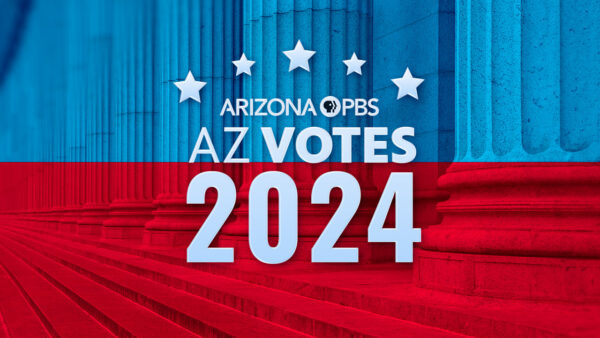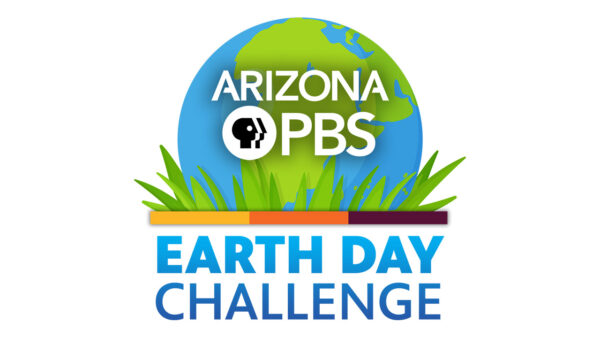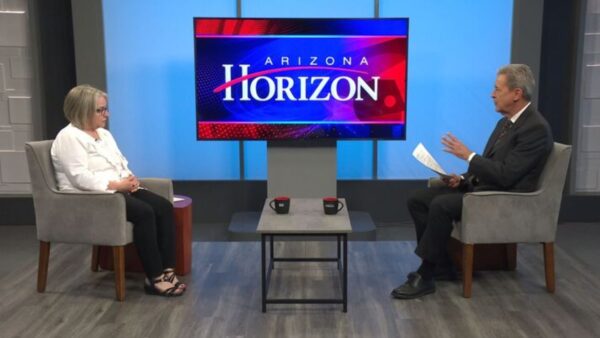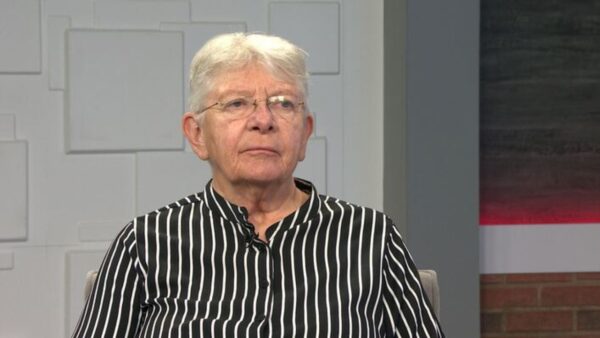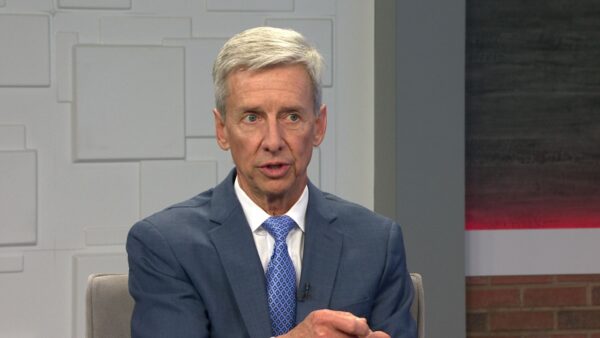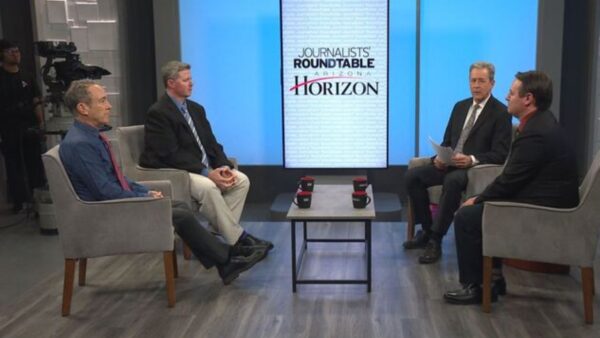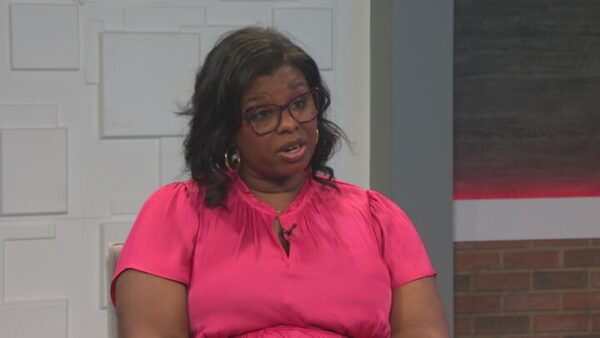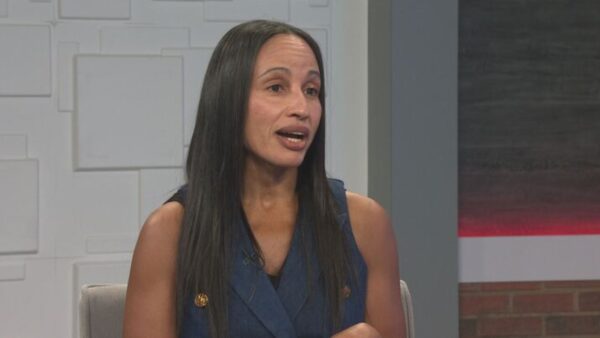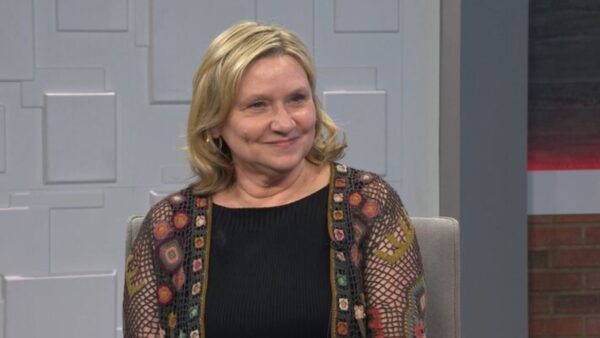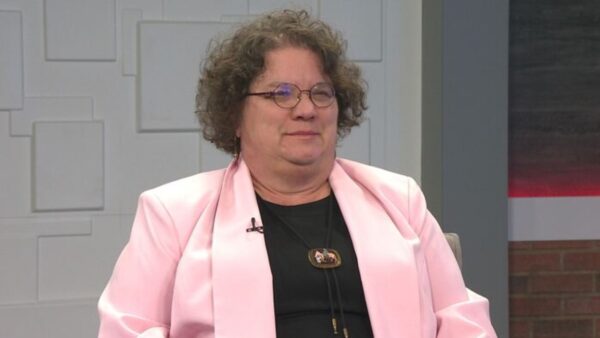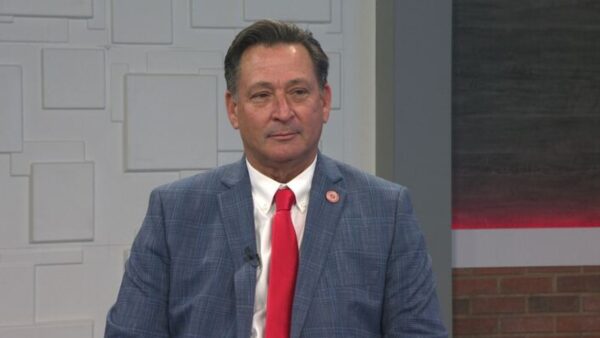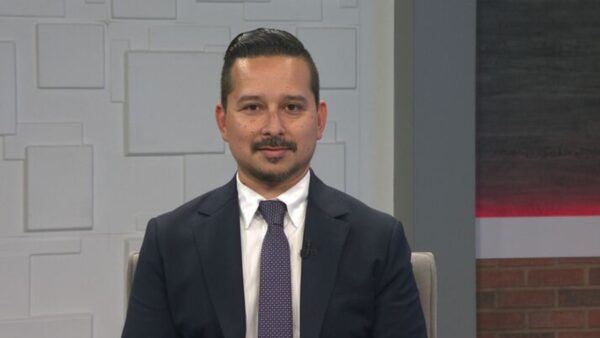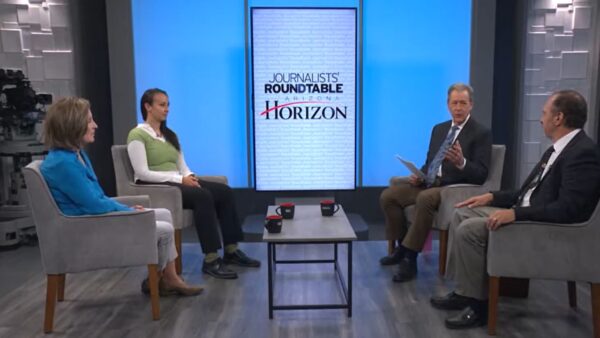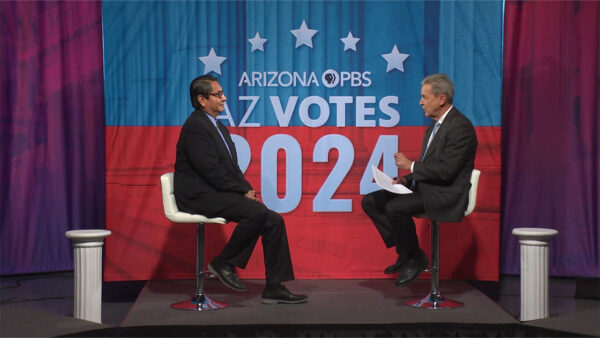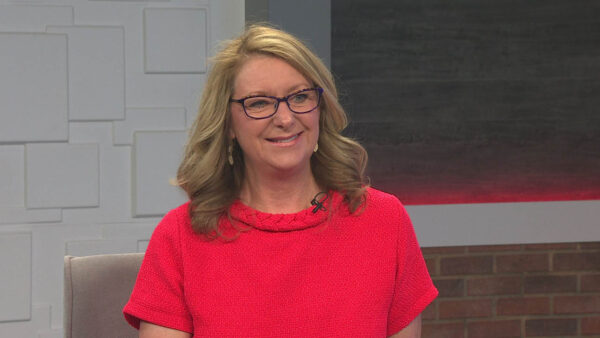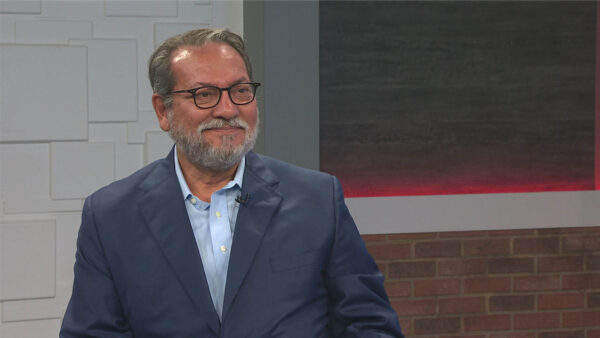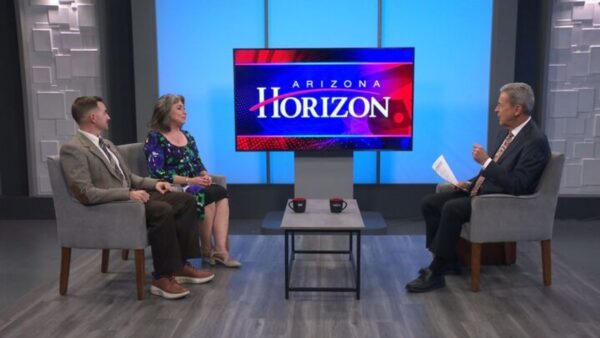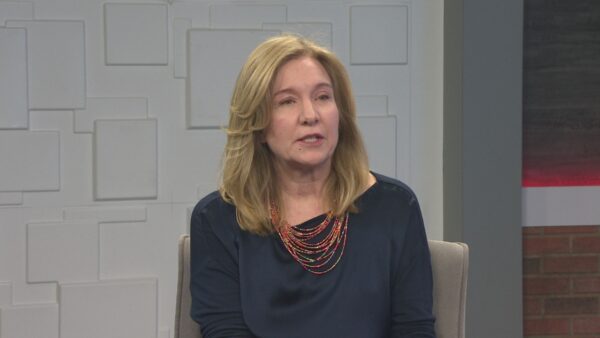A new report by the American Lung Association shows the Phoenix area ranks high among the list of most polluted cities. Christian Stumpf, regional director of government relations for the American Lung Association of the Southwest, will discuss the report.
Ted Simons: A new report by the American lung association shows that the Phoenix area is among the most polluted regions in the nation. For more we welcome Christian Stumpf, regional director. Thanks for joining us.
Ted Simons: Let's talk about what this report actually looked at. What kind of data was used.
Christian Stumpf: Well, I like to tell people at the start that this report takes hard to interpret data and puts it into language that everyday people can interpret. We look at ozone. We look at two types of particle pollution, annual, which shows you the average over the year of that pollution in the air, then short term particle pollution, which shows spikes.
Ted Simons: indeed. This is from two thousand ten to two thousand twelve
Christian Stumpf: Correct. We used EPA certified data. There's a delay in that data getting certified, so this year was ten,eleven,twelve next year eleven,twelve,thirteen then the year following.
Ted Simons: we have had some bad summers here. The impact of hotter than average summers, I want to get to the particulars in a second, but the impact of these hotter than average summers, that has to make a difference.
Christian Stumpf: it does. That's where bad ozone comes from is heat and the sunlight. As we can see, between 10,11, and 12 then 13 continuing on, it's been hotter than normal. I think last year was a record for heat in the valley.
Ted Simons: So let's start with particle year round particle pollution. Phoenix was ranked eighth in that. We were th last year. What happened?
Christian Stumpf: That could be a number of things. The economy has improved, construction has picked up. The back and forth digging and such. Lots of dirt moving. That could be a portion of it. Dust storms. That's another particular thing that's become more prevalent and greater intensity. Couple things that we're looking at.
Ted Simons: For short term particle pollution we were th. Which isn't quite so bad. What's going on?
Christian Stumpf: Again, dust storms, particularly, vehicle emissions, and construction again.
Ted Simons: so the difference between the short term pollution and year round, what do we take from those differences?
Christian Stumpf: We really for the long term want to look in solving the annual pollution. There's a lot of things that can be done over a period of time, which is educating the developers, construction sites, letting people know how they can cut back on a daily basis.
Ted Simons: then we get to ozone, Phoenix was ranked th in I ozone days.
Christian Stumpf: it's a little bit more. That's because of the temperatures getting hotter at an earlier period of time too. That extends the summer a little bit more. Gives us more days.
Ted Simons: The ozone is when the ozone levels up high because of the heat they get lower and we start experiencing them?
Christian Stumpf: Right. Vehicle emissions, industry, the pollution that each of those release mixed with the temperature and the sun is what causes those. Then when you get lower clouds, things get trapped.
Ted Simons: We're like a cauldron for this in the summertime. You got your dust storms, pollution, the ozone coming down because of the heat. I'm surprised there's anyone worse than us.
Christian Stumpf: we have a special kind of geography that keeps everything in the valley. We have a little bit more work to do to improve.
Ted Simons: with that in mind I know some critics of these reports will say that it doesn't separate natural and man triggered events. Talk to us about that. Is that a valid concern?
Christian Stumpf: It is. It's what's called exceptional events. The EPA takes those into consideration with they are looking at federal dollars and how those will be distributed. If you're in nonattainment your federal dollars for transportation are in jeopardy. What we're saying is that exceptional events on those days considered exceptional your lungs don't stop working. You're still breathing that dirty air in.
Ted Simons: With that in mind, health impact now, I imagine asthma and cardiovascular disease obviously concerns. Talk about the health impact of these numbers.
Christian Stumpf: absolutely. Ozone is akin to having a sunburn on your lungs. You can experience coughing, wheezing, exacerbates asthma. People thatsuffer from COPD. The particle pollutions can cause cardiac issues, pulmonary issues. Especially with those who are already suffering from COPD.
Ted Simons: because this report was from to we won't necessarily see last year. Maricopa County did reasonably well last year with ozone days. Does that mean the next report we could look a little better?
Christian Stumpf: Possibly. I haven't seen the numbers yet. But last summer was the hottest on record. So it could be.
Ted Simons: Now compare the Phoenix area to other parts of Arizona. Are there parts of Arizona where these kinds of numbers don't look too bad?
Christian Stumpf: In northern Arizona, Flagstaff was on one of the cleanest constituents list. Pima County has consistently been on the cleanest constituents list.
Ted Simons: what are they doing right down there?
Christian Stumpf: They don't have the geography that we have.
Ted Simons: Does it make a difference if you're in northern Arizona arks way from the desert, away from the extreme heat, that makes a difference.
Christian Stumpf: it does.
Ted Simons: Tomorrow we got an advisory because of the wind. That's a factor in the spring and summer as well.
Christian Stumpf: exactly. Yes.
Ted Simons: As far as climate change and the future of these studies, what are you anticipating? What is the lung association worried about? Climate change regardless of whether you want to believe it, it's happening.
Christian Stumpf: we have been working with EPA on the tier cleaner cars and gasoline standards which rules were put out just recently. Then we're going to work hard on stronger carbon pollution standard with the EPA and the Obama administration.
Ted Simons: are there ways in terms of public policy to address these pollution concerns?
Christian Stumpf: there are. That's what we're working toward with the EPA currently.
Ted Simons: last question, what do we take from this report?
Christian Stumpf: Well, we want people to know and read this report in their own language but we don't want it to be a report card on effort. The State Department of environmental quality has denigrate things. We're now in attainment for PM- and dust pollution. Maricopa County has done some great things as well. They have won awards from the EPA for their rapid response program which gets to pollution fast when they see the monitors start to rise. There's some great things being done. Compared to where we were years ago when we first released this report we have made huge strides in cleaning up the air. On the up and up.
Ted Simons: Very good. Good information. Thanks for joining us.
Christian Stumpf: Thank you.
Christian Stumpf:Regional Director, Government Relations for the American Lung Association;

